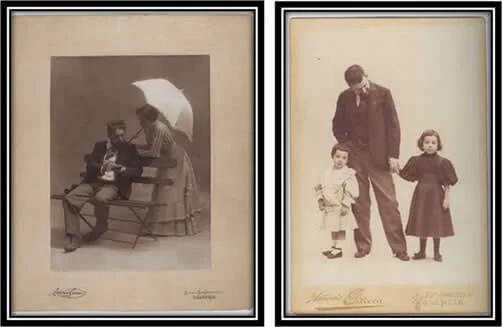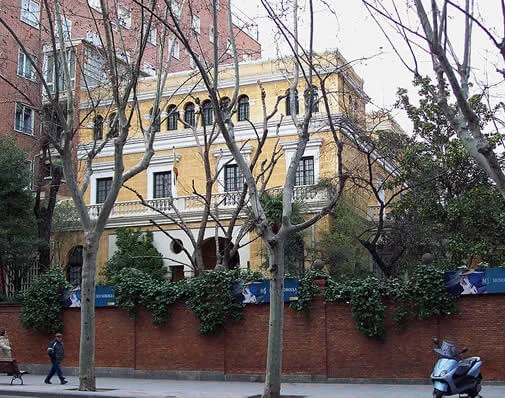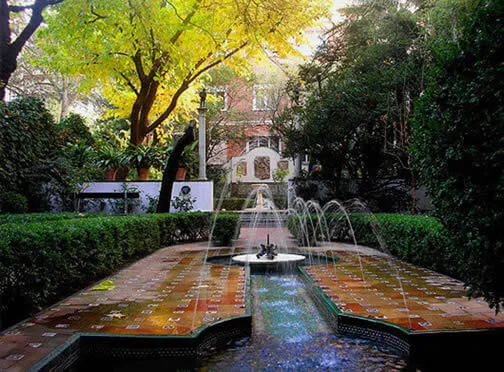Joaquín Sorolla's Personal Life

The figure of Sorolla is far from the stereotypical bohemian artist with a chaotic life who only paints from a strong source of inspiration. On the contrary, Sorolla was a painter with a very ordered personal and social life. He followed the prevailing standards of bourgeois morality, and family life was very important to him. Sorolla was a workaholic who lived to paint and succeed, spending many hours a day in this occupation and sacrificing everything for his work. Sorolla took advantage of his summer trips to paint Mediterranean and Atlantic landscapes, so he never really separated himself from painting. For this reason, Sorolla's output was enormous; he presented five hundred works in his Paris and Berlin exhibitions. Sorolla is an example of how hard work, perseverance, and strict methods lead to a personal style that can produce fantastic artwork.
Sorolla was a painter of the bourgeoisie. He never tried to attack or change the social order established by the traditionalist regime of the Restoration, in which he and the people he painted lived their entire adult lives. Although his paintings of the sea indicate a tie to the poor, it is, more than anything, nostalgia for the land of his childhood, not social concern.

Between 1910 and 1911, Sorolla built his studio house in Madrid. Today it has become a museum in his honor at the wishes of his widow Mrs. Clotilde García del Castillo, who donated all of Sorolla's goods to the Spanish State. A large portion of his master works as well as furniture and objects from his everyday life are gathered here.

Walking through the gardens of what was once Joaquín Sorolla's house, visitors find a haven of peace in a place that has remained anchored in a silent past, interrupted by the water of the Andalusian fountains - a place that still preserves the art it inspired.